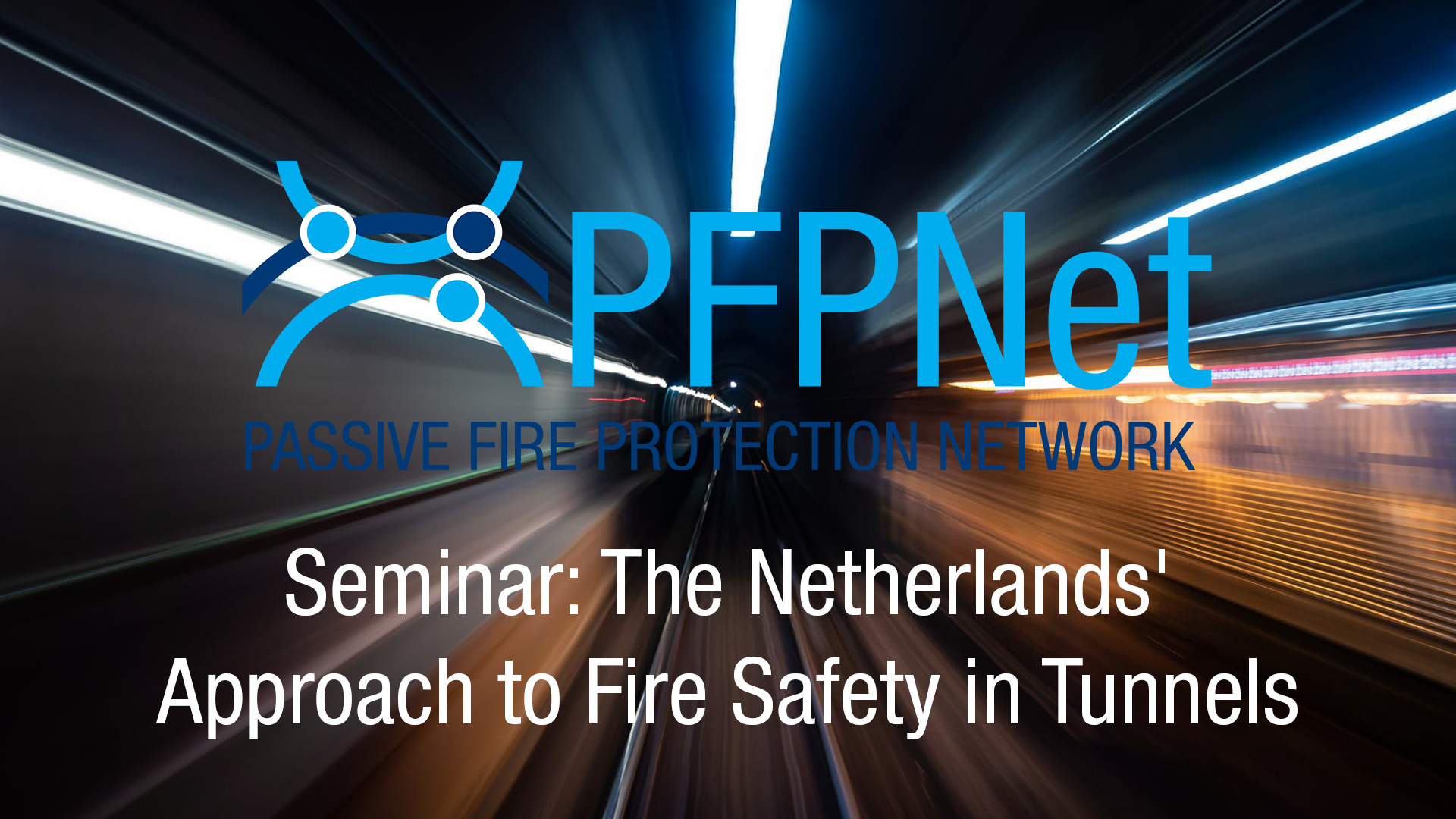Here is a recording of our webinar from the 14th of March… We would also like to provide you with some Q&A’s from the day, which can be found below.
Q1. Have EV cars have made any influence in your model recently ?
Answer: Not really. As yet, the literature and research on EV, does not seem to have significant impact on the model, also given the uncertainties in other assumptions. Heat release rates or not significantly higher than those already considered in the model. The model takes the production of toxic gasses due to burning of the vehicle in to account and in general calculates the consequences already in a conservative way.
Q2. Hi, there are some studies showing that fires from electrical cars have a higher release of toxic gases
Answer: Link to research on Toxic Gases from Fire in Electric Vehicles (diva-portal.org): http://ri.diva-portal.org/smash/get/diva2:1522149/FULLTEXT01.pdf
Q3. As you said you don’t consider the material damage… Is cost benefit analysis with PFP is a a part of legislative requirement or choice of tunnel owner?
Answer: Dutch legislation requires one hour resistances against the RWS-fire-curve and two hours for under-water tunnels. In practice this means that passive fire protection is applied in all tunnels.
Q4. Curious if water droplet fire sprinkler systems are considered? This is common application in US, while mist is not common.
Answer: the QRA model does not have the level of detail to differentiate between sprinkler systems.
Q5. Has the effect of PFP on structural steel been considered, with regards to potential of fatalities when the tunnel collapses?
Answer: the QRA model assumes passive fire protection is put in place. For steel sheet-piles, e.g. in the portals, normally protection is not foreseen, except for the overhead studs preventing the sheet-piles from caving in.
Q6. As well as protecting structures to prevent collapse and limit damage, PFP is used to protect vulnerable critical systems used for emergency response, like communications, dampers, water mist, etc. Is the survivability of these critical systems considered in the QRA model and can the model be used to evaluate the cost benefit of PFP in improving critical system survivability?
Answer: Dutch legislation requires one hour resistances against the RWS-fire-curve and two hours for under-water tunnels. In practice this means that passive fire protection is applied in all tunnels. And in the QRA-model it is assumed that this effective during the first hour after the fire-incident.
The model itself can not be used to quantify the influence of PFP on protecting critical systems.
The quantification of probabilities of the different scenario’s in the event tree could be used separately for further analyses.
Q7. Is smoke and toxicity generation of the chosen PFP considered as part of the QRA model?
Answer: the QRA model does not take toxicity of PFP in to account, only the production of toxic gasses due to burning vehicles and dangerous substances.

